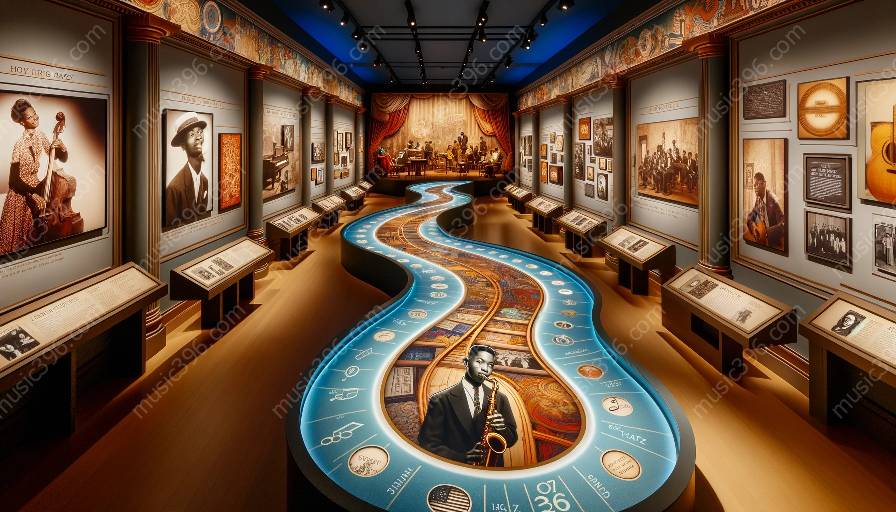The Harlem Renaissance, an influential cultural and artistic movement of the 1920s, played a pivotal role in the popularization of jazz. This essay explores how the Harlem Renaissance contributed to the growth of jazz, tracing its influence through the evolution of jazz and its impact on jazz studies.
Origins of Jazz
Jazz, often considered America's classical music, has its roots in the African American experience, drawing from a diverse range of musical traditions, including folk, blues, and spirituals. The unique blend of these traditions gave rise to the distinct improvisational and rhythmic character of jazz.
The Harlem Renaissance: A Cultural Revolution
The Harlem Renaissance was a flourishing period of artistic, literary, and intellectual activity centered in the Harlem neighborhood of New York City. African American artists and intellectuals embraced their cultural heritage and sought to challenge racial stereotypes through their creative expressions.
During this time, Harlem became a hub for creative minds, fostering an environment that birthed some of the most influential voices in African American art and music. The movement provided a platform for African American musicians to showcase their talents and express their cultural identities through their music.
Jazz as the Soundtrack of the Harlem Renaissance
Jazz became the quintessential sound of the Harlem Renaissance. The energetic and innovative spirit of jazz resonated deeply with the themes of creativity, liberation, and modernity that defined the era. Musicians like Louis Armstrong, Duke Ellington, and Bessie Smith captivated audiences with their revolutionary interpretations of jazz, elevating the genre to new heights of popularity.
The Harlem music scene became a melting pot for jazz, where musicians from diverse backgrounds collaborated and experimented, resulting in the development of new sub-genres and styles within the jazz spectrum.
Impact on the Evolution of Jazz
The artistic and intellectual fervor of the Harlem Renaissance had a profound impact on the evolution of jazz. Musicians were inspired to push the boundaries of traditional jazz, leading to the emergence of new forms such as swing and bebop. Improvisation, a hallmark of jazz, was honed to new levels of virtuosity during this period, with musicians engaging in groundbreaking solos and ensemble performances.
Furthermore, the Harlem Renaissance paved the way for greater recognition and acceptance of jazz as a legitimate art form. Jazz migrated from the nightclubs and speakeasies of Harlem to concert halls and recording studios, reaching a wider audience and gaining the respect of academic and cultural institutions.
Impact on Jazz Studies
The legacy of the Harlem Renaissance reverberates through the discipline of jazz studies. The movement instilled a sense of pride and identity in African American cultural expressions, leading to a reevaluation of jazz within academic curricula and scholarly discourse.
Today, jazz studies programs across the globe acknowledge the significance of the Harlem Renaissance in shaping the historical and cultural contexts of jazz. Scholars delve into the rich tapestry of African American music, exploring its social, political, and artistic dimensions within the framework of the Harlem Renaissance.
Conclusion
In conclusion, the Harlem Renaissance was a cultural watershed that significantly bolstered the popularity of jazz, influencing its evolution and the development of jazz studies. The movement provided a fertile ground for artistic innovation and expression, propelling jazz into the forefront of American musical consciousness. The legacy of the Harlem Renaissance continues to resonate, ensuring that the vibrant spirit of jazz remains eternally intertwined with the cultural tapestry of America.





























